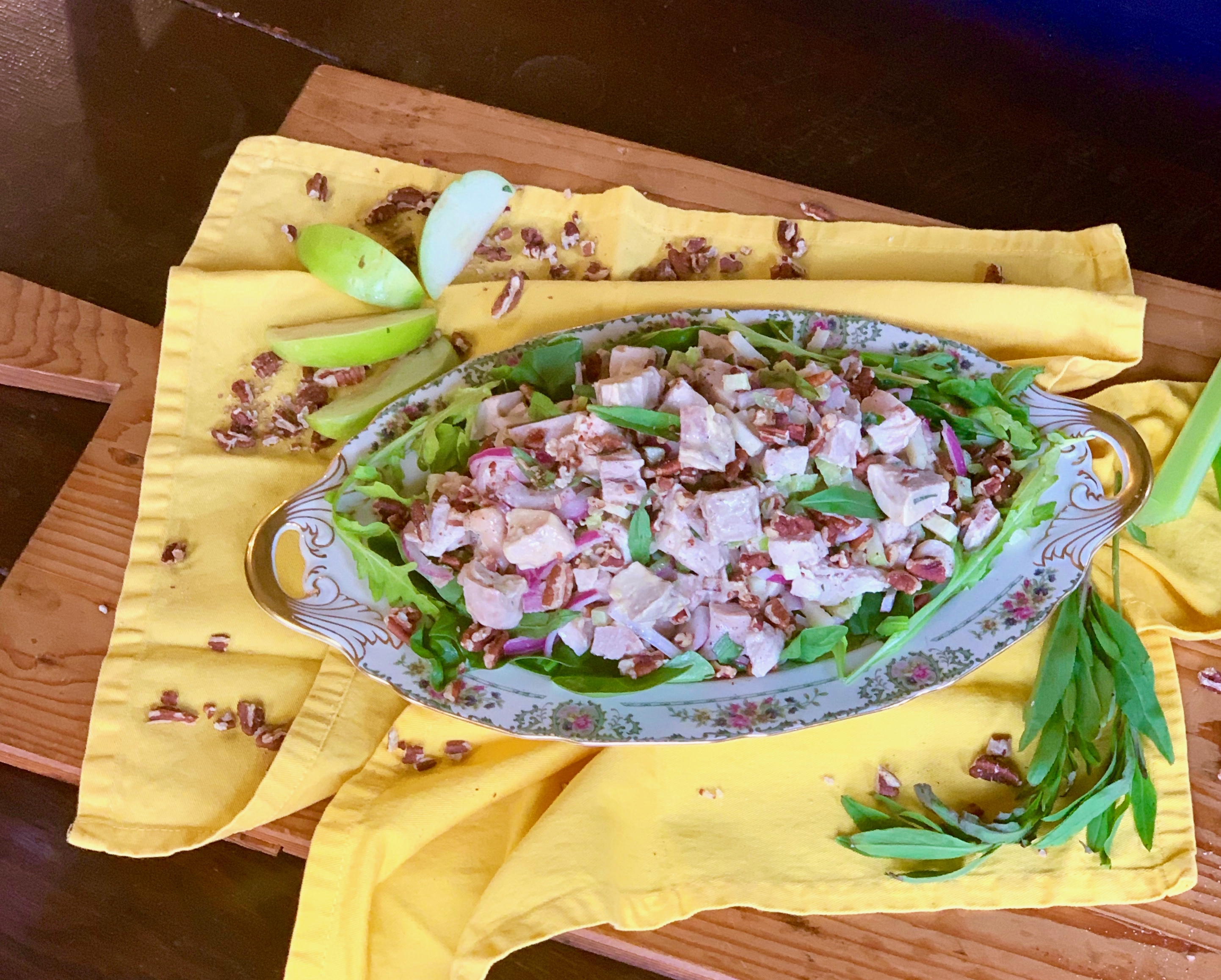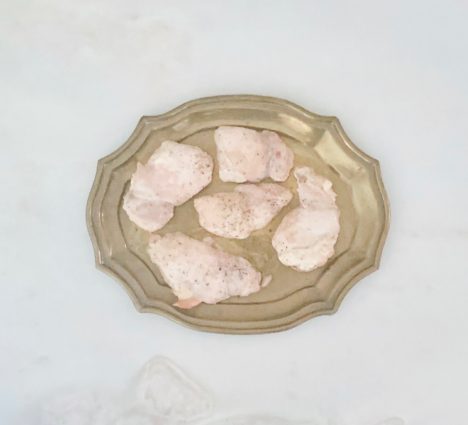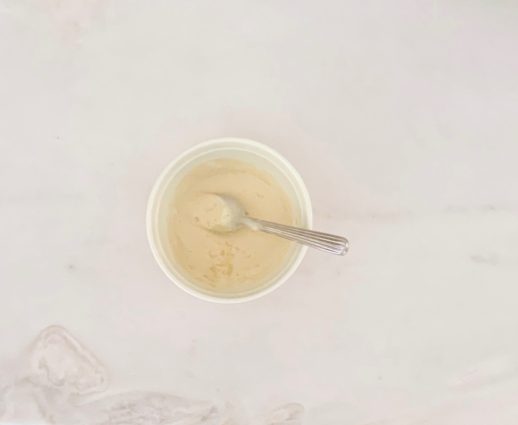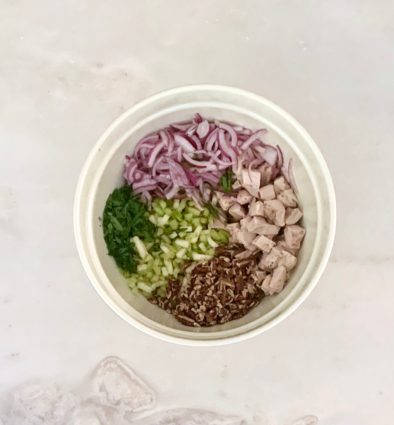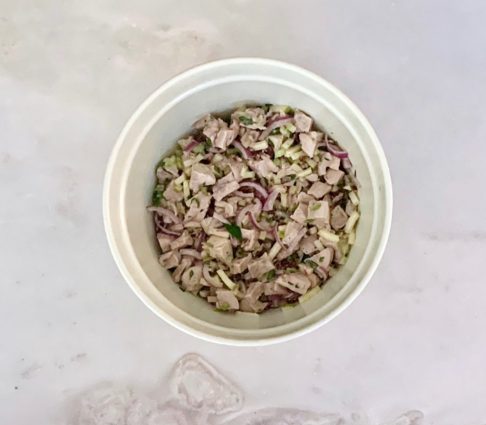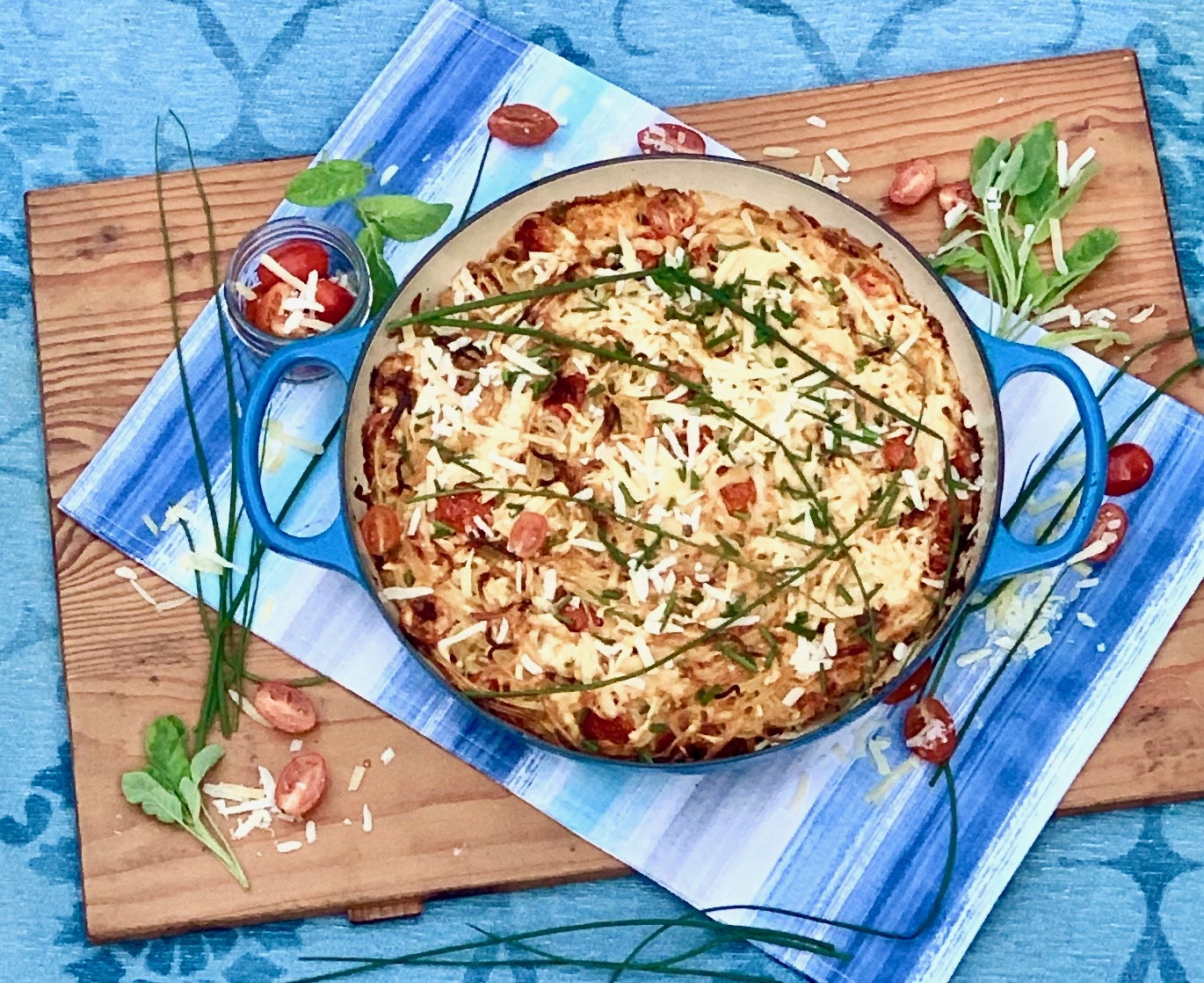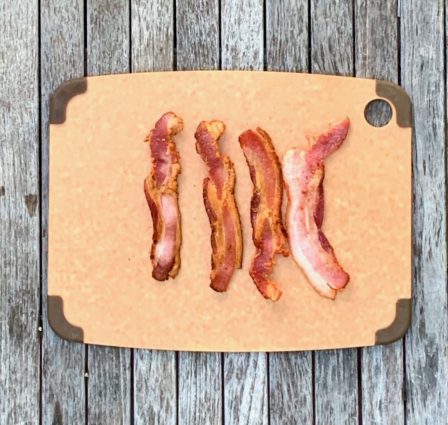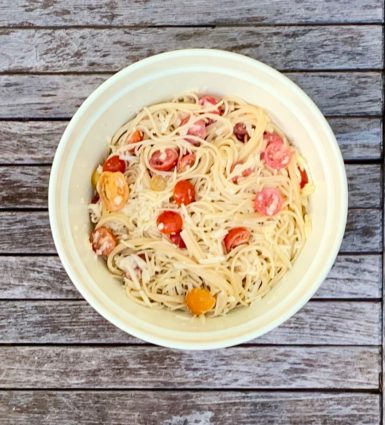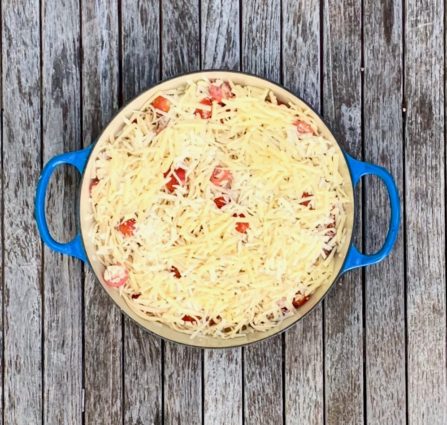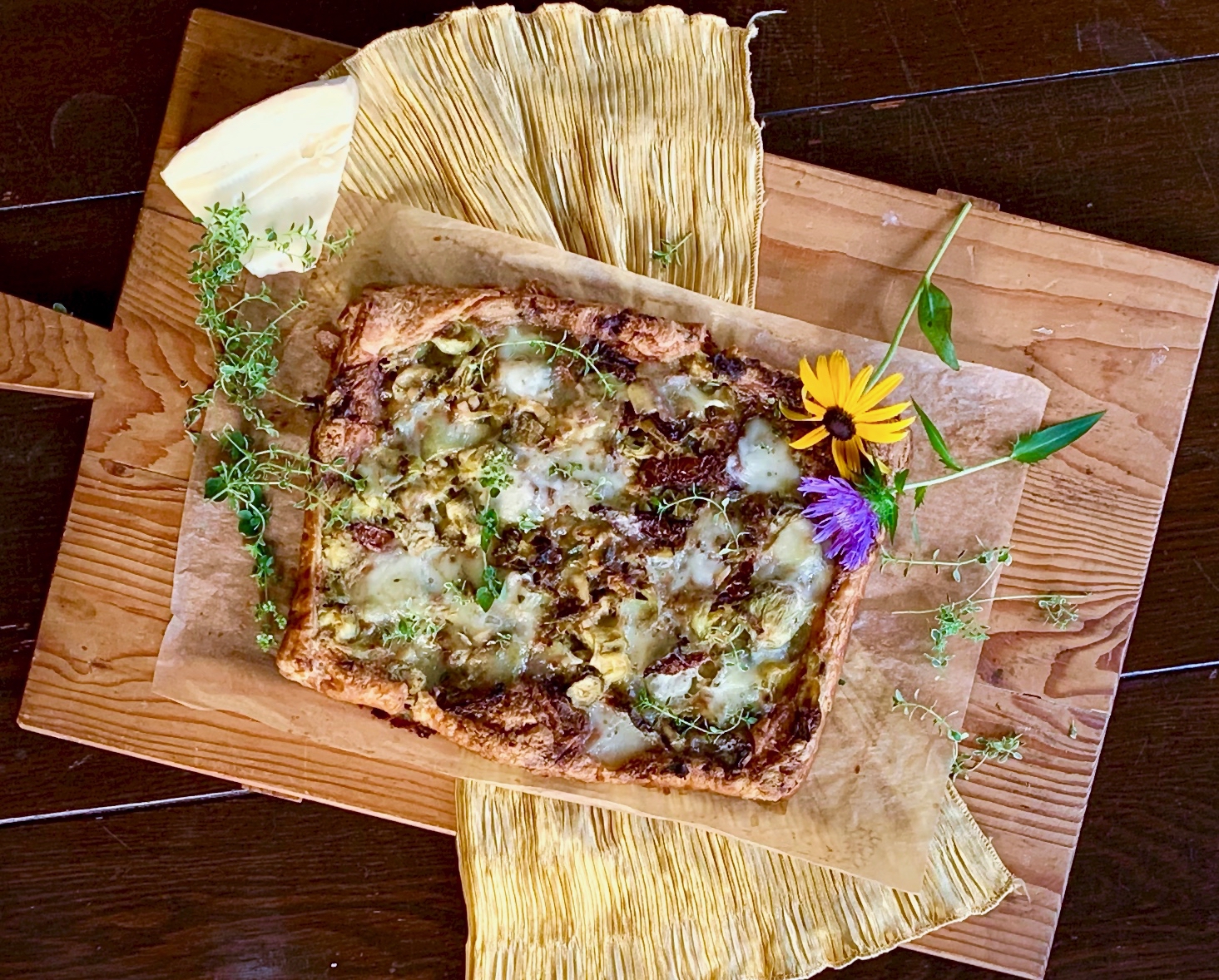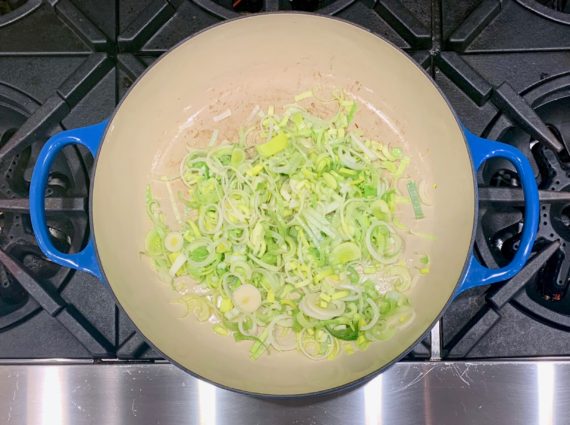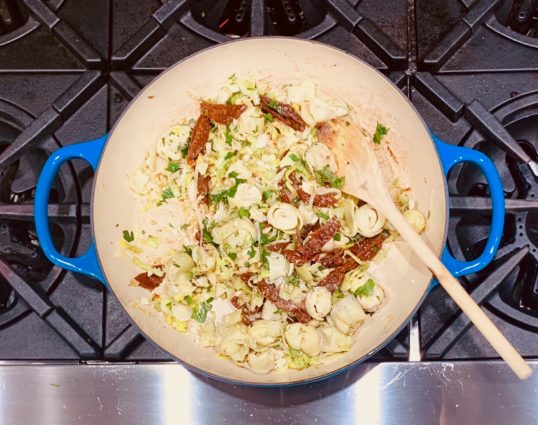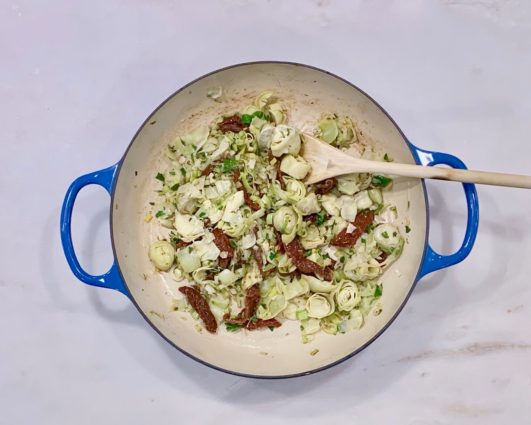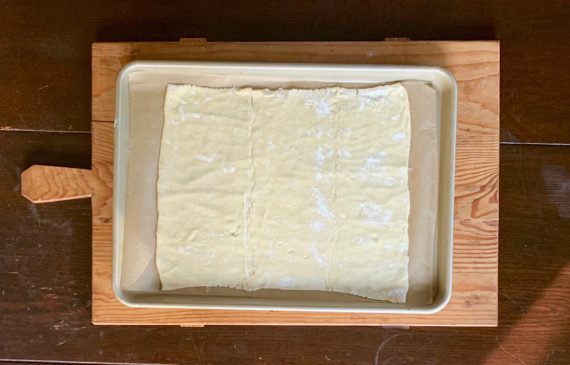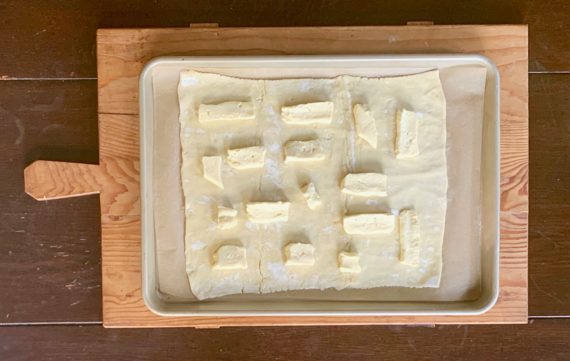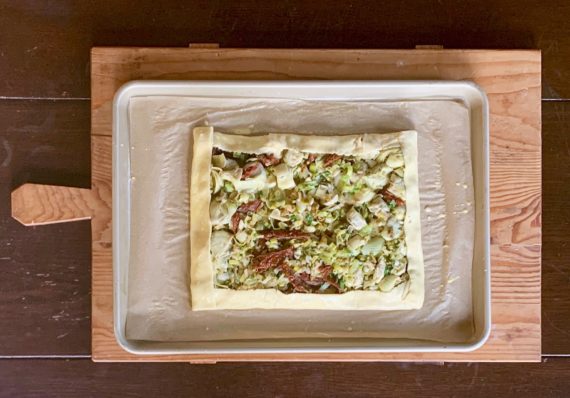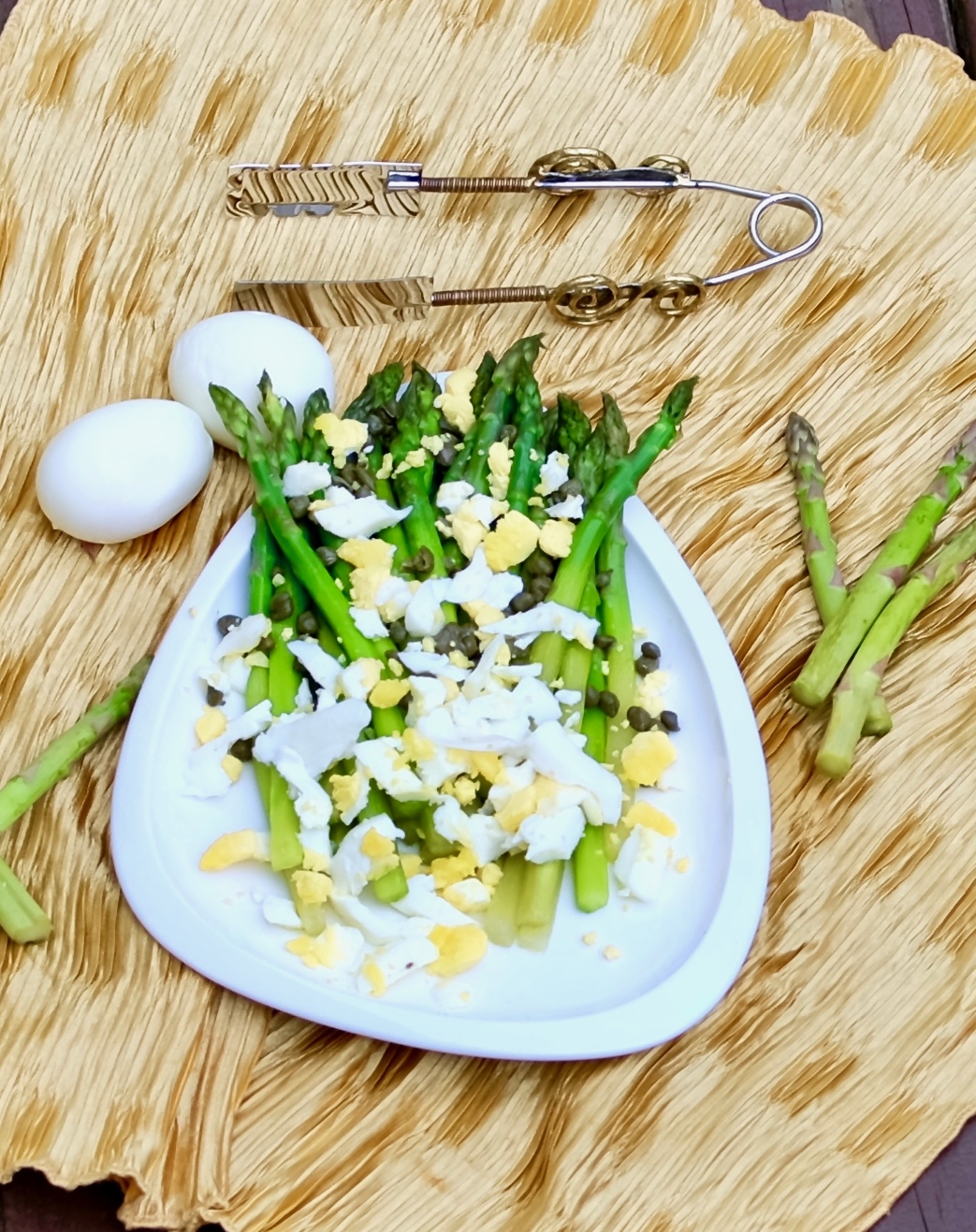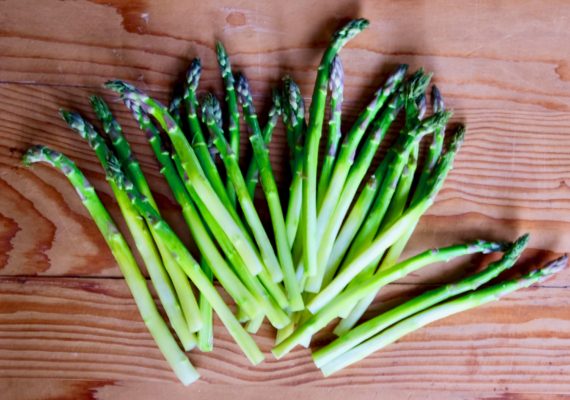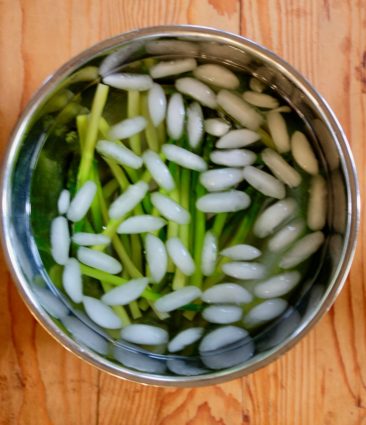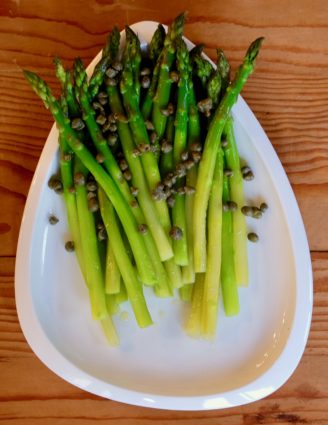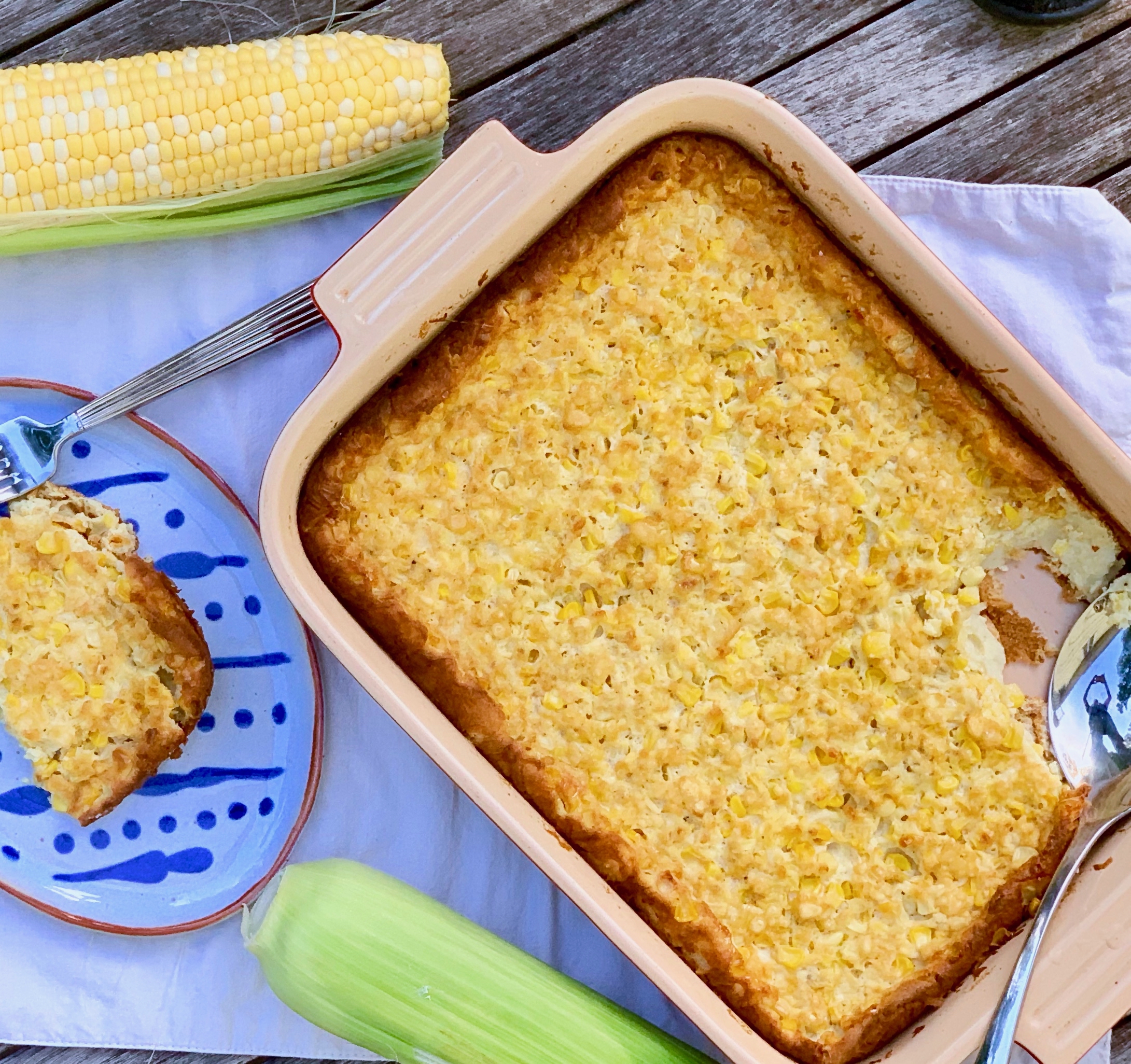
These days, a lot of people do not cook. For working moms, it is hard to come home and see their kids, only to have to go to the kitchen and prepare a meal. However, some people have no excuse. They just say, “I don’t cook” and leave it at that. Sometimes these people seem proud that they eat out most of the time. Well, good luck with that. It seems to me that they are spending too much money, and are probably not eating healthy.
I wish I could say that my mother taught me to cook, but I learned later in life out of necessity. When I had my first child, I was working full time and couldn’t afford to go out every night. I was aware of the preparations my mother did for dinner the next day, like taking a steak or chicken out of the freezer the night before, or buying produce at the beginning of the week, but I never took part in the cooking.
The idea that cooking is complicated is a myth. It is as easy as you make it. During the week, stick with the basics–maybe some pasta, rice, or grilled vegetables that you can serve with the main course. Not only are these options healthy, but they are quick to prepare.
The easiest way to get started is by learning some tried and true recipes. Buy some cookbooks by Ina Garten or Mark Bittman. Their recipes are simple and to the point. Begin by learning in small steps and you will be surprised by how much you will pick up as you go. I promise you, dinner won’t be as much of a chore if you keep it streamlined.
Speaking of simple, this recipe will be near the top of my list of simple and easy main courses. Eight ingredients that you basically mix all together in one bowl and pour it into a baking pan. It truly doesn’t get better than that. I had some extra corn that I had to use up, found this recipe, and it sure turned out to be a good one. It’s not all that diet-friendly, but hey, once in a while it is okay.
The fresh corn is the star of this recipe. The flour, milk, and eggs combine together to make this delicious pudding that can be served as a side dish or dessert. It bakes to a beautiful golden brown and makes an elegant presentation. Another one for your “must try” list. Make it now while you can get beautiful fresh corn. If you wait, please substitute frozen, never canned.
This recipe is courtesy of Allrecipes and will serve 6 to 8 people who will also want to learn to prepare this simple (yet delicious!) recipe.
Ingredients for Fresh Corn Pudding:
1/2 cup butter
2 eggs, beaten
2 teaspoons salt
2 tablespoons white sugar
Ground black pepper to taste
2 cups milk
3/4 cups all-purpose flour
2 cups fresh corn
Preheat oven to 350 degrees F.
Chop butter into small pieces and place in a 9 x 13-inch baking pan.
Set it in oven to melt.
In a medium bowl, whisk together the eggs, salt, sugar, pepper, milk and flour.
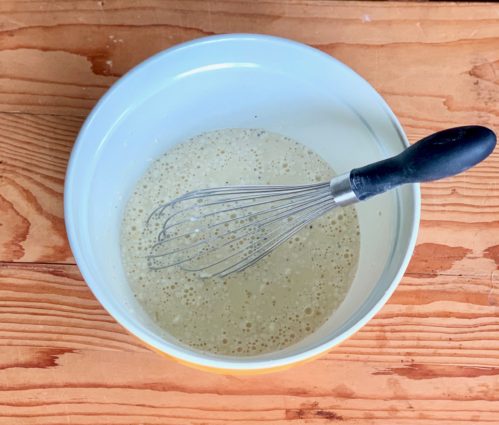
When mixture is smooth, stir in corn.
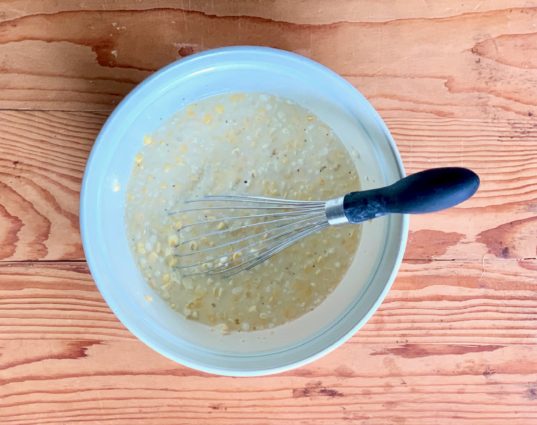
Remove pan from oven when butter is melted.
Pour butter into corn mixture and stir well.
Pour corn mixture into baking pan.
Bake for 1 hour or until set in center and golden brown on top. (I had to cook it a little longer for the top to become golden brown, about 15 minutes longer, so keep your timer set and keep checking.)
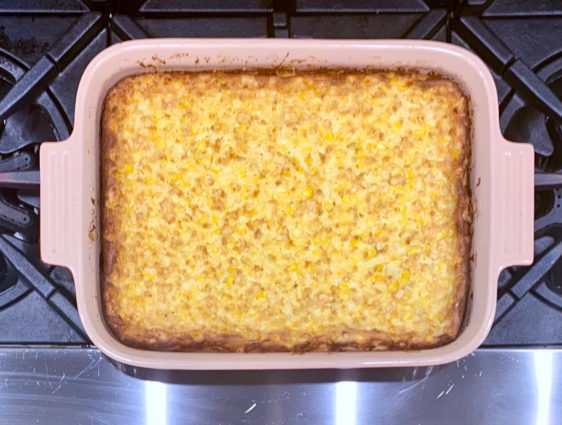
It’s that simple!

